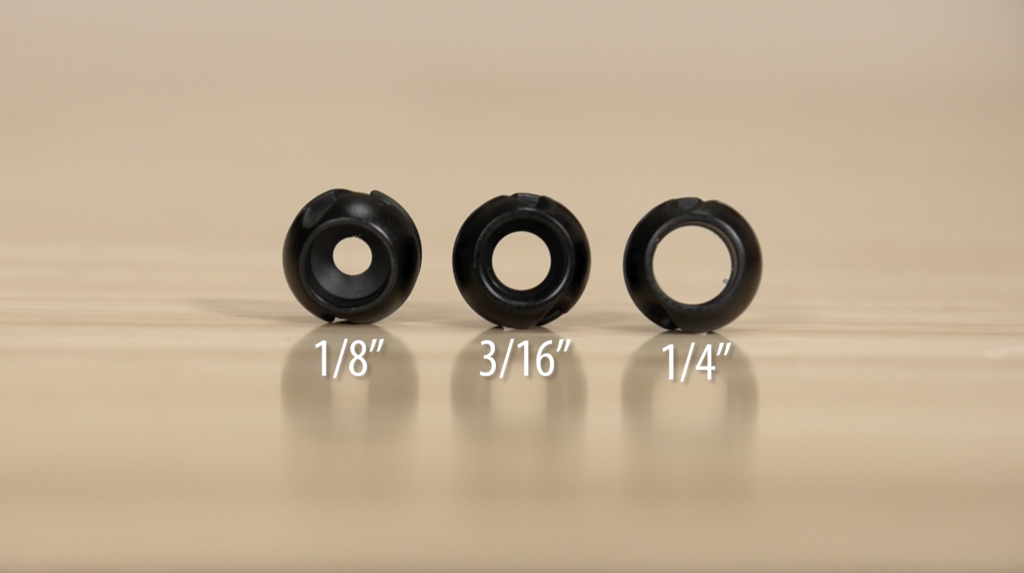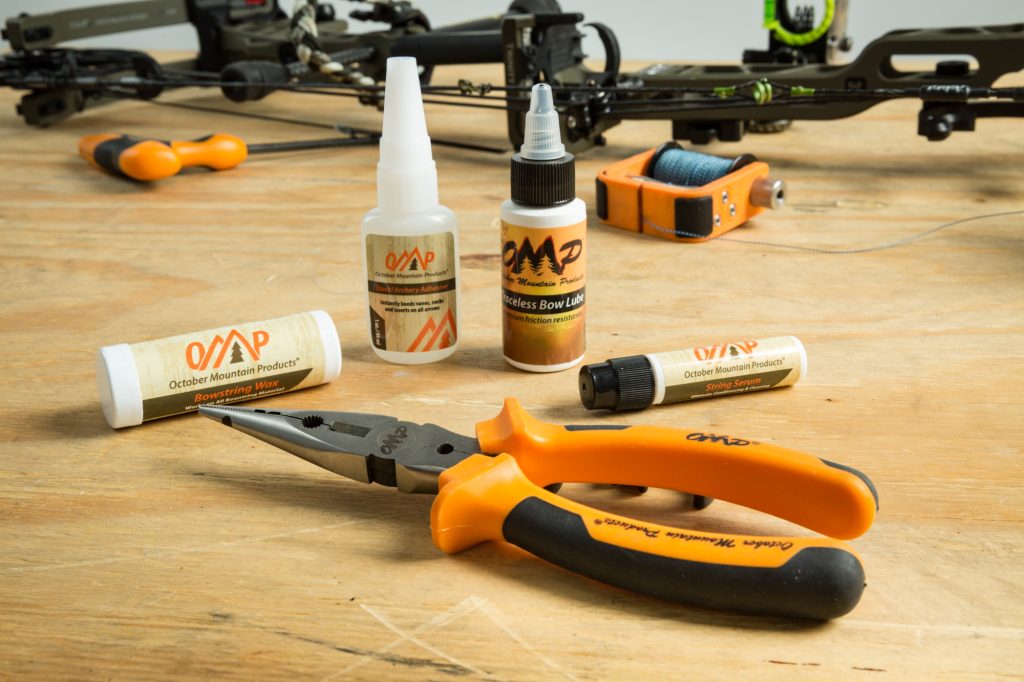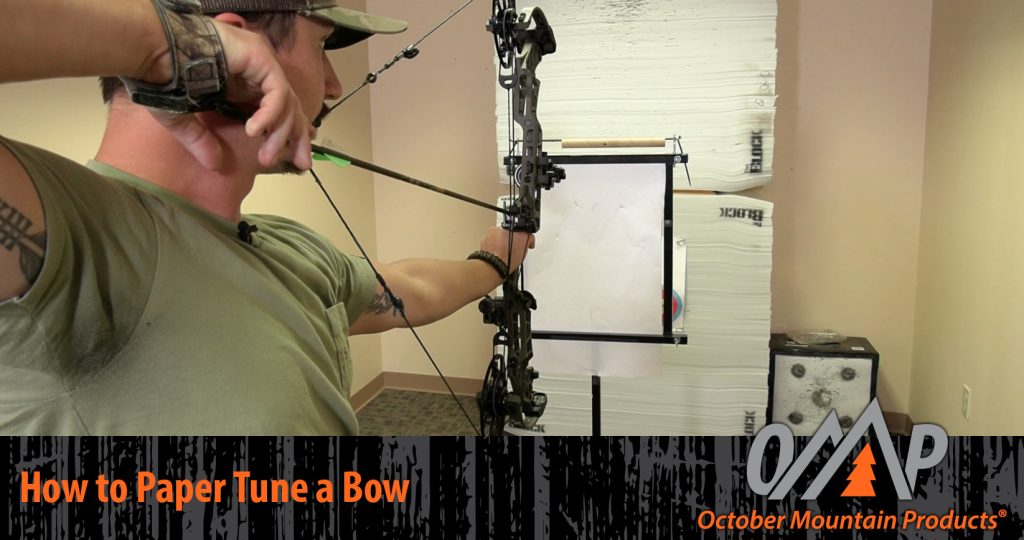What is Shed Hunting? Shed hunting involves searching for antlers that deer and other antlered animals drop during the winter months. These antlers will typically be found near game trails, food sources, water sources, and bedding areas; basically anywhere...
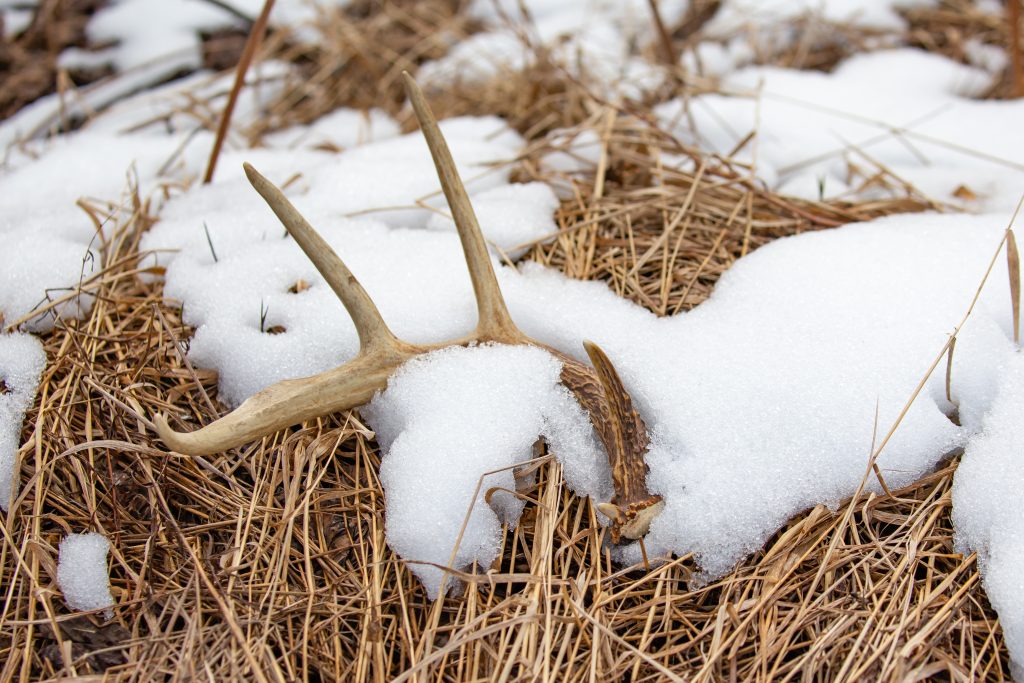
What is Shed Hunting?
Shed hunting involves searching for antlers that deer and other antlered animals drop during the winter months.
These antlers will typically be found near game trails, food sources, water sources, and bedding areas; basically anywhere where a buck is likely to frequent throughout the winter months.
The best time to go shed hunting is usually around winter or early spring (January – April) as this is when most deer will have dropped their antlers.
Let’s be honest – shed hunting isn’t easy.
However, below we cover our top 5 shed hunting tips to help you find success while shed hunting.
5 Tips for Successful Shed Hunting
1. Scout Potential Locations Before You Go Shed Hunting
Before setting off on a shed hunt, take some time to scout out potential locations first.
Look for game trails that lead away from food sources and bedding areas as these are likely spots where bucks will have dropped their antlers.
Look for signs of recent activity such as buck rubs, deer tracks, bedding areas, and droppings; these signs can give you an indication as to whether or not a location is worth exploring further.
Additionally, if you can find places deer need to move more than normal e.g. creek bottoms, embankments, fence rows, or fallen trees along their travel routes – you’re more likely to find sheds there.
The reason being is once their sheds are loose and ready to fall, exaggerated movements can be the impetus for the antlers to shed.
2. Utilize Trail Cameras
Trail cameras can be incredibly useful when it comes to pinpointing exact locations where bucks have recently been dropping their antlers.
By placing cameras along trails that lead away from food sources and bedding areas, you can get a better idea of where bucks may have dropped their antlers before they moved on to other areas.
This can help you narrow down your search area significantly and save you valuable time in the field.
If you’re lucky enough – you may even catch them shedding their antlers on your trail camera!
3. Don’t Forget About Food and Water Sources
While scouting out potential shed hunting locations don’t forget about food and water sources.
Bucks need plenty of food and water throughout the year, especially in the winter months, so they are likely to visit these sites frequently during their search for sustenance which could result in them dropping an antler or two.
4. Use the Weather to Your Advantage
There are a couple of ways you can use weather to your advantage while you hunt for sheds.
Experienced shed hunters will tell you there are two great times to go shed hunting.
One, when there is some snow on the ground. Two, after a recent rain storm.
The thought behind these two times is that the snow and wet leaves provide good contrast to a deer antler laying on the ground.
5. Patience is Key
Finally, remember that patience is key when it comes to successful shed hunting.
Don’t expect results overnight – instead, take your time and explore every nook and cranny of your chosen area until all possible hiding spots have been exhausted (or at least until there are no more visible signs pointing towards recent activity).
Just like with hunting – the more time spent in the field shed hunting, the more opportunities you give yourself to find success!
With enough dedication and persistence, any hunter should come away with at least one great find after a few days out in the field.
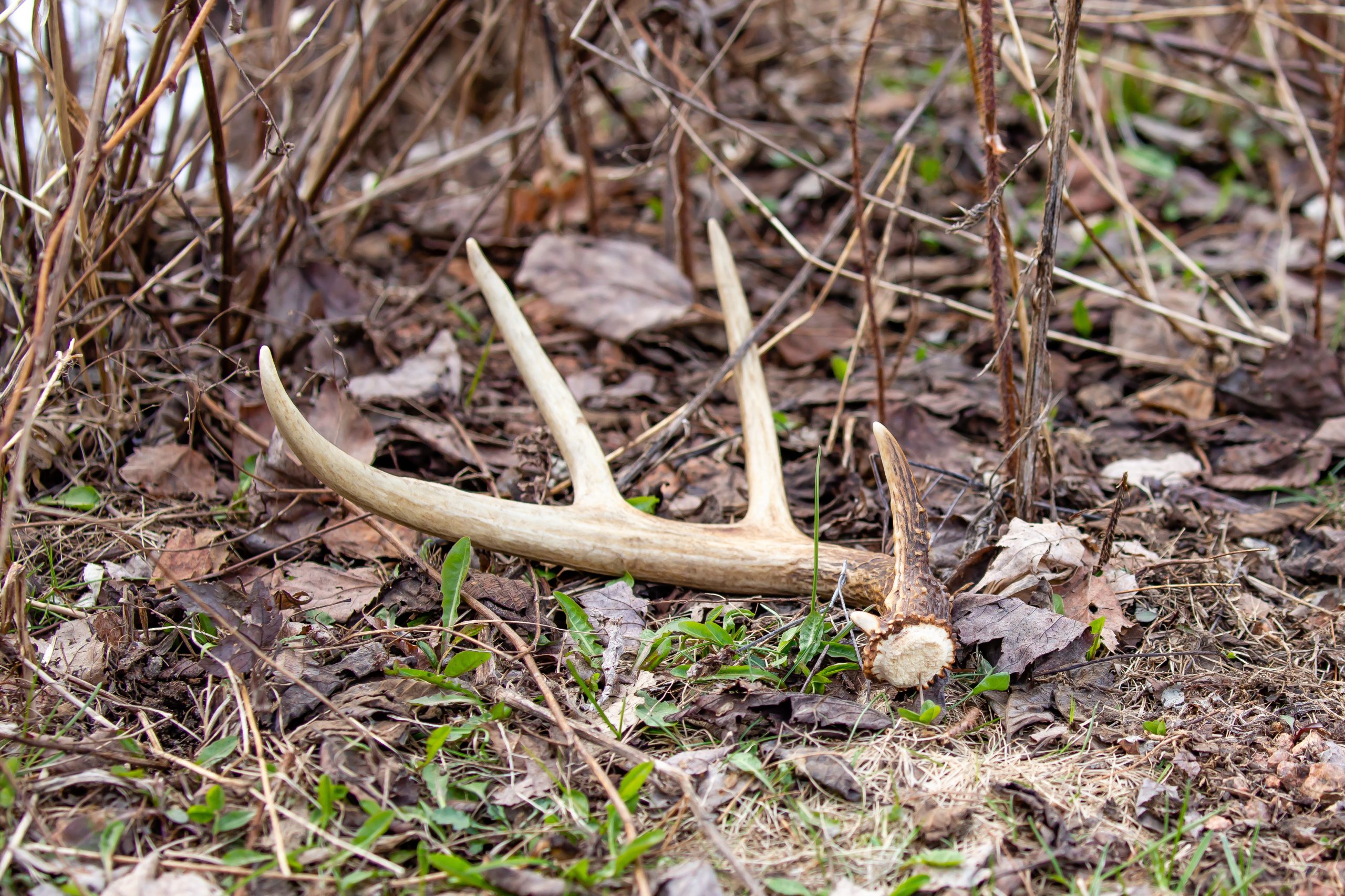
Bonus Tip: There are plenty of discussions about whether shed hunting is ethical.
Regardless of your stance – please check with our state’s wildlife agency in regard to the rules, regulations, and restrictions around shed hunting in your state.
In most states, shed hunting is legal – however, certain states have additional rules and regulations against when you’re allowed to shed hunt, taking dead head (a skull with antlers still attached), or setting “antler traps”.
Make sure you know your state’s shed hunting rules and regulations before you hit the woods!
Get Outdoors
Shed hunting provides hunters with an opportunity to observe nature in its purest form while simultaneously giving them something tangible (i.e., antlers) that they can take home with them after a successful outing.
Armed with these tips and tricks any hunter should be able to increase their chances of success when it comes time for them to head out into the field this winter and spring season!
Good luck and happy shed hunting!
For more information on archery and bowhunting, be sure to check out our full blog archive.
Also, make sure to connect with us on Facebook, Instagram, and YouTube to stay updated on the latest product information, new product announcements, sales, promotions, as well as contests, and giveaways!
The post Shed Hunting 101: Learn How To Find Deer Sheds appeared first on October Mountain Products.




